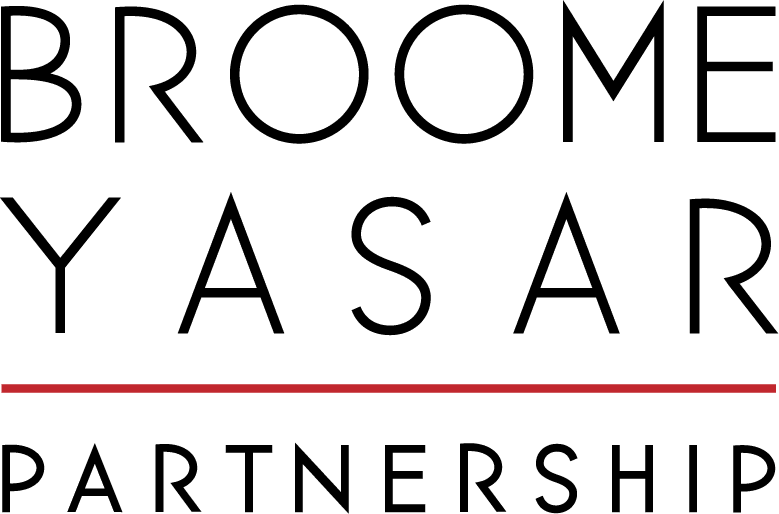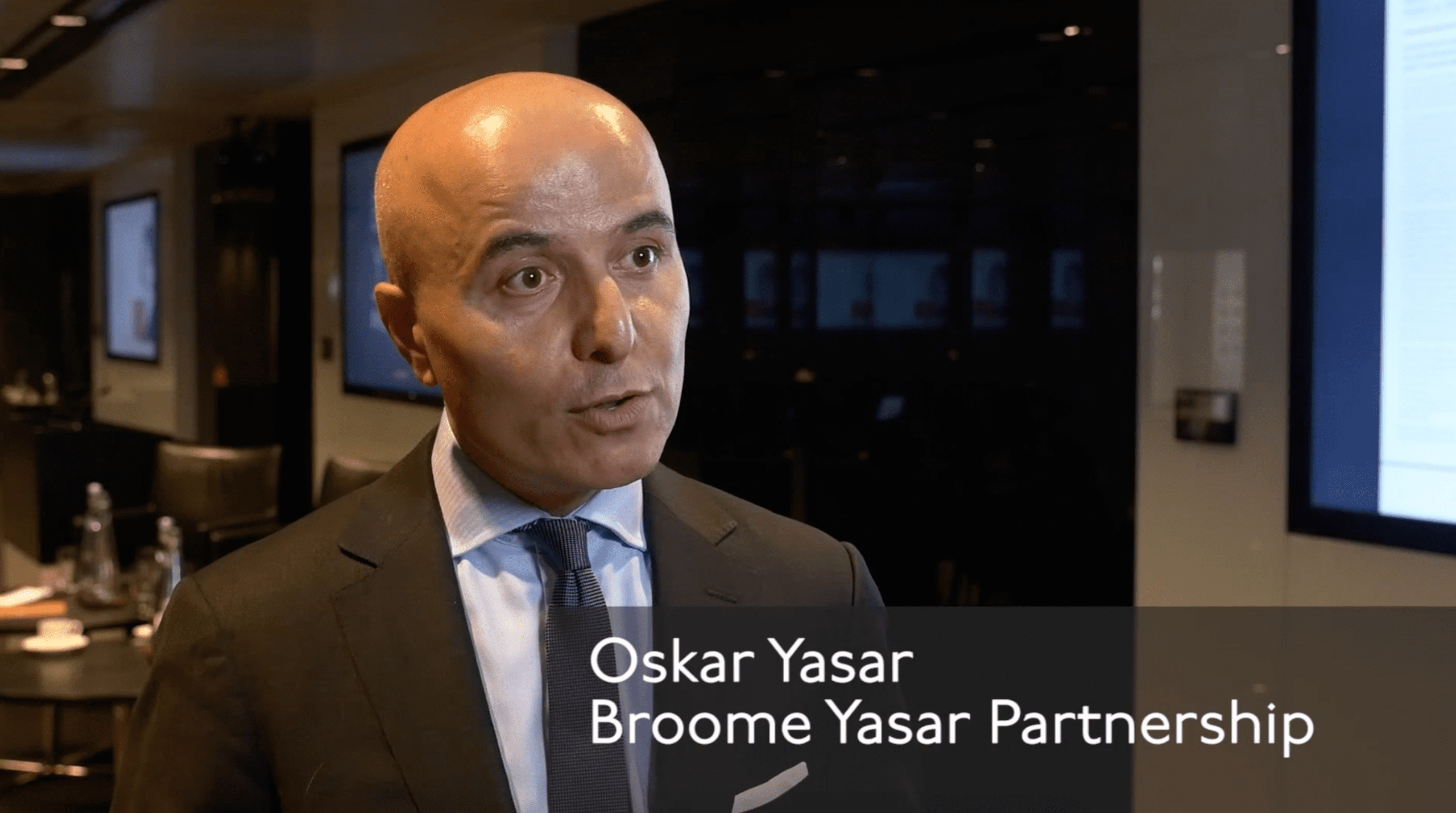FROM INVESTOR RELATIONS TO BUSINESS LEADER: THE PATHWAY TO CEO?
REPORT LAUNCH – LONDON PANEL EVENT
INVESTOR RELATIONS PROFESSIONALS SHOULD BE LESS SILOED IN THEIR THINKING AND RECOGNISE THAT THEY PLAY A VITAL ROLE AT THE HEART OF BUSINESS THAT POSITIONS THEM WELL TO TAKE KEY LEADERSHIP POSITIONS. THAT WAS A KEY MESSAGE TO THE INDUSTRY FROM A BREAKFAST SEMINAR WE HELD AT THE OFFICES OF UBS TO LAUNCH OUR REPORT,
Joined by a panel of four former investor relations professionals who have each successfully made the transition including Sue Clark, Matt Hotson, Rachel Kentleton and Sally Jones, the event continued to highlight a growing trend of IR professionals making the transition to general management and business leadership.
Sue Clark, the former managing director for SABMiller in Europe and one of our panellists, believed there was a need for IR to be more confident and recognise its strengths and assets. “It is almost implied that being an IR director does not make you a business leader,” she said.
Sue’s career started in investor relations at Scottish Power and progressed to corporate affairs directorships at the company as well as at Railtrack Group and SABMiller. Asked how IR professionals can be both strategic advisers and business managers she replied: “I think there’s a lot of synergy between the two because trusted advisers have to really understand the business model and where the levers are to create value. It’s the same in any corporate management position. You’ve got to understand the big picture and one of the skills of being in IR is taking the complex and distilling it down. That’s a key role in both a business adviser and business leader. We need to get away from the thinking that we can be one or the other and see ourselves as strategic advisers who are as good in the business leadership context as they are in the advisory context.”
Matt Hotson, who worked in IR for Legal & General, Cable & Wireless Worldwide and RSA Insurance Group before becoming chief financial officer of RSA’s UK and international businesses, also saw synergies.
“You have to think strategically and the core of that is having a grip of the detail, understanding how the business works, how it makes money, and the operating model, strategy and market,” he said.
“If you can do that, it equips you to have different types of conversations with chief executives and chief financial officers and they realise that you’re capable of operating at a different level. That’s the springboard to the bigger roles but you need to be brave. IR is a fantastic platform for an individual to form opinions about a company but that’s worthless unless you’re brave enough to voice them.”
Our report suggests that four key components have changed in recent years to ensure a stronger alignment between the skill sets of investor relations and chief executives. It says an exponential rise in the importance of reputation, trust and advocacy, an increased need for boards to better identify risks, manage crises, rising pressure from activist shareholders and the advent and growth of social media have combined to put a premium on the ability to communicate effectively with all stakeholders.
Rachel Kentleton, who worked in investor relations at Diageo, SABMiller and easyJet before becoming finance director at payments network PayPoint, believes there is no barrier to IR professionals taking general management roles.
“Don’t be afraid of rejection because sometimes when you’re asked what you want from your career, the initial response might be “no” but you can turn that into a “But what would make it “yes”. It’s about just being persistent.”
Our final panel member, Sally Jones, started her career as an investment analyst at Credit Lyonnaise Laing before progressing through investor relations positions at Cadbury Schweppes and British Land to become the property company’s head of strategy and investments. “I think the key is management and the ability to build a team because you can’t be a good leader unless you can manage and lead people to start with,” she said. “You also need to be able to think beyond IR and communications. IR can be different things in different businesses; it can be quite narrow or very broad. So, if you’re in a business where the management team wants you to contribute, do so as much as possible because you have licence to get into almost any part of the business you want and to have opinions about them. But people have to want to hear your voice.”



